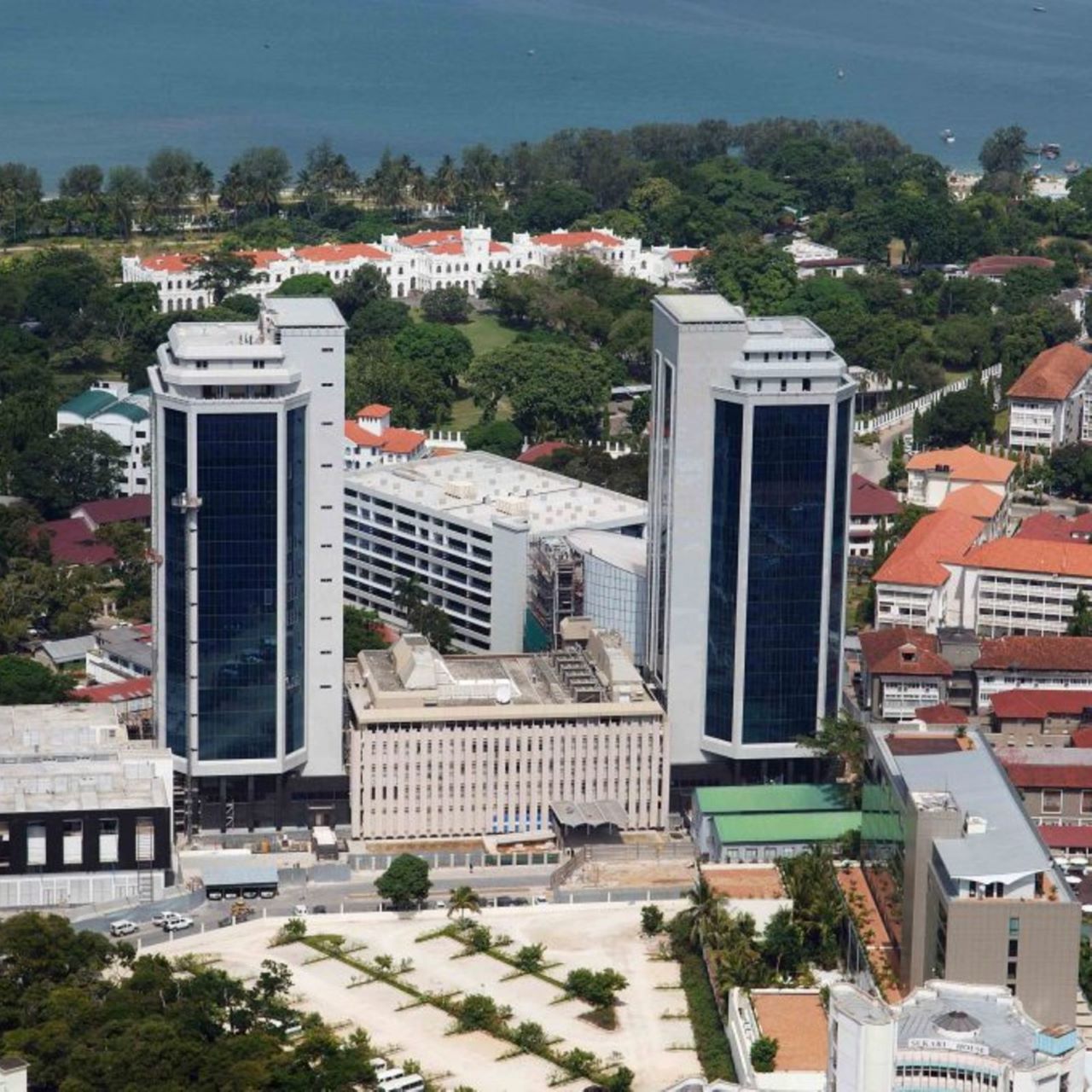
Navigating Tanzania's Economic Landscape: Insights from Interbank Markets
In March 2024, the interbank cash market (IBCM) remained a vital tool for banks to manage fluctuations in their shilling liquidity. Transactions in the IBCM totaled TZS 1,694.3 billion, showing a slight increase from TZS 1,604.9 billion in the previous month. Among these transactions, 7-day transactions continued to dominate, comprising 54.3 percent of the total market turnover. Despite the increased activity, the overall IBCM interest rate decreased slightly to 7.10 percent from 7.20 percent in the preceding month, indicating relatively stable market conditions.
The Interbank Foreign Exchange Market (IFEM) also played a crucial role in March 2024, facing significant demand for foreign exchange, particularly for the US dollar. This demand was driven by global dynamics affecting the US dollar and a decrease in seasonal inflows from tourism and crop exports. The Central Bank sold USD 76.75 million in the IFEM, while commercial banks sold USD 8.8 million during the month. As a result, the shilling traded at an average rate of TZS 2,563.07 per US dollar, compared to TZS 2,547.74 per US dollar in the previous month and TZS 2,322.16 per US dollar in the same month in 2023. This depreciation translated to an annual depreciation rate of 9.4 percent, reflecting the shilling's weakening against the US dollar over the year.
Overall, both the IBCM and IFEM played critical roles in maintaining liquidity and managing foreign exchange transactions for banks in March 2024. While the IBCM helped banks smooth fluctuations in shilling liquidity, the IFEM faced challenges due to high demand for the US dollar and reduced inflows from key sectors like tourism and exports. These dynamics contributed to the shilling's depreciation against the US dollar over the year, impacting the exchange rate and potentially affecting various sectors of the economy.
The activity in the IBCM and IFEM reflects a dynamic financial sector, the challenges such as currency depreciation and reduced inflows from key sectors pose risks to Tanzania's economic growth.